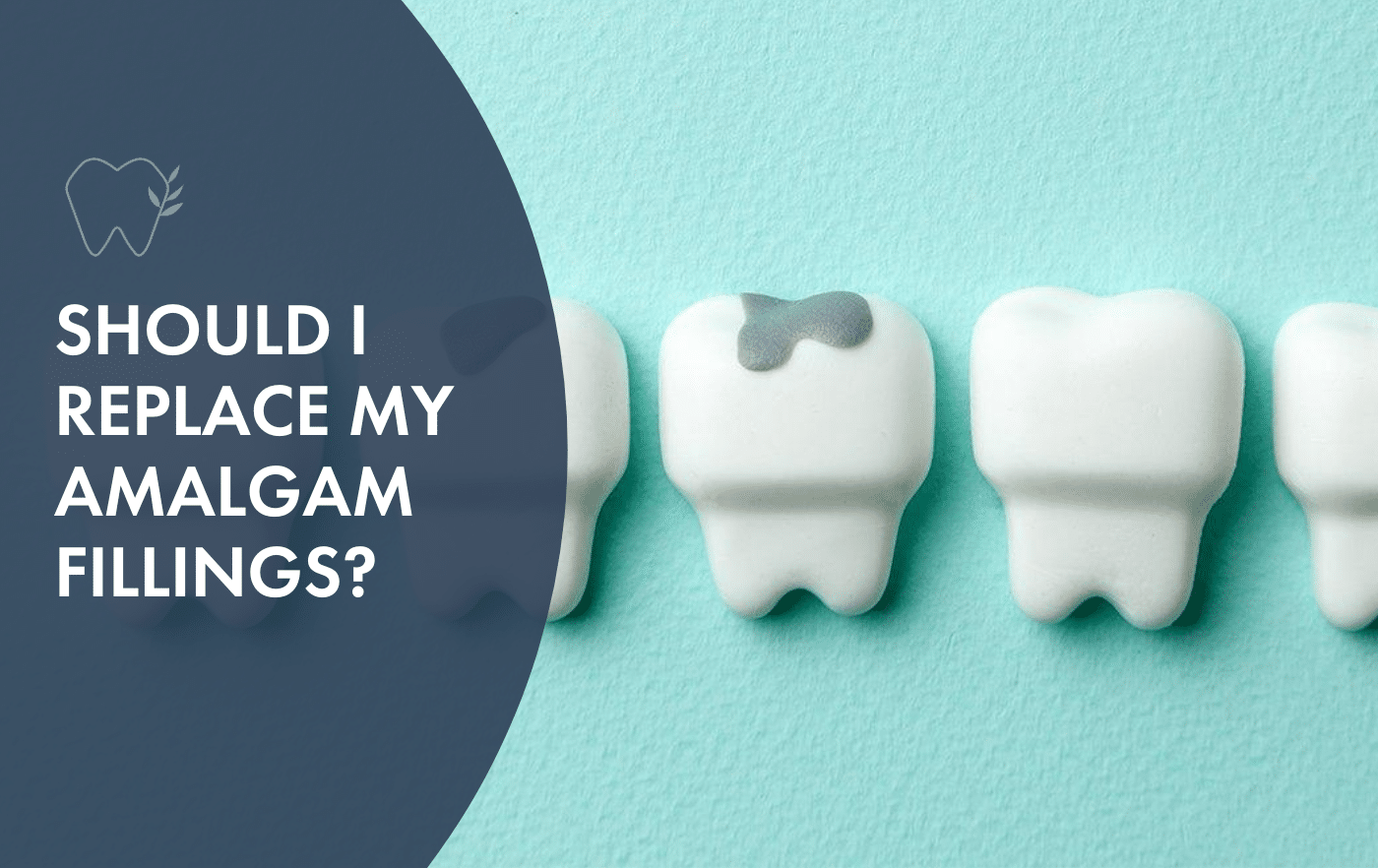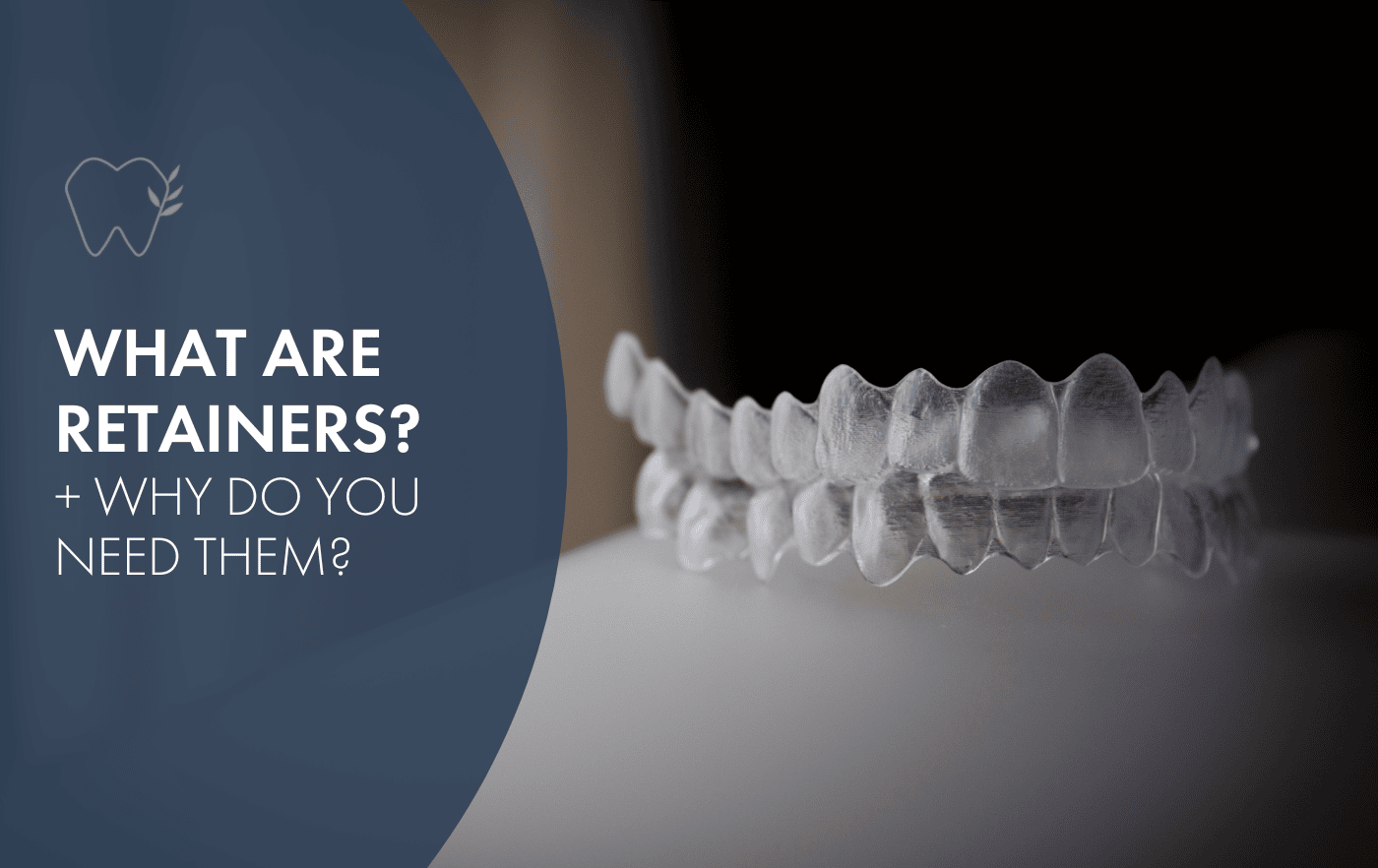
Should I replace my amalgam fillings?
Amalgam (or “silver”) fillings have been used for over a century and have been a reliable way of restoring a tooth that is decayed or broken. Although the mercury in amalgam is toxic, if the amalgam fillings you have are in good condition and are not worn or chipped or broken, then it may be better for those fillings to remain in place. However, if you have amalgam fillings that are old or deteriorating we recommend that you have them removed and replaced with a tooth coloured composite resin. Every case will be different, so here are a number of things to consider when deciding if it’s time to replace your amalgam fillings:
- Amalgam Fillings Have a Limited Lifespan– Unlike composite resin fillings which are chemically bonded to your teeth, an amalgam filling is packed into an area of your tooth, much like a filling in a pothole. Over time, these fillings will start to wear away, exposing spaces where bacteria can sneak in and start causing tooth decay. If a filling wears out, allowing for decay to get into your tooth then it is time to replace that filling before bacteria can enter into deeper tooth structures (and cause potentially costly treatment or tooth loss). The life of an amalgam filling is about 10 years.
- Amalgam Fillings React to Temperature Changes – There is a difference in the expansion and contraction of this metallic alloy compared to normal tooth structure with temperature changes when eating and drinking. These on-going expansions and contractions place stress on your tooth with every thermal cycle. Young heathy teeth are resilient and can stretch with the filling. About the mid-thirties, this natural resiliency starts to diminish and stresses that the tooth previously tolerated eventually cause stress cracks and fractures.
- Amalgam Fillings Expand Over Time – Amalgam alloys slowly expand over time due to a chemical reaction with the trace amounts of zinc in the material as it reacts with water (saliva). This causes a gradual swelling/expansion of the filling which can place a lot of additional stress on your tooth at a time when the tooth is already getting weaker. This can lead to significant fractures and cracks.
- Amalgam Can Deform Under Persistent Mechanical Stress – This metallurgic property of amalgam is called static creep. This means as you continue putting chewing pressures on the top of the tooth, the filling gradually flattens out and swells out sideways which places further stress on your tooth.
- Amalgam Contains Mercury – An amalgam filling is made up of roughly 50% mercury. Old amalgam fillings that have worn down can potentially lead to an increased health risk of mercury being released into the body through inhalation (of mercury vapours), ingestion or absorption through soft tissues in the mouth.
- Amalgam Fillings May Cause Discolouration of your Natural Tooth – Just like any metal, the metal components in amalgam can corrode. In old amalgam filled teeth, corrosion leads to the natural tooth structure absorbing small metal particles into the dentinal tubules and enamel prisms causing dark discolouration of the teeth that can often be noticed.
- Amalgam Fillings Are Not Aesthetically Pleasing – When you smile or laugh, amalgam fillings are noticeable. For many people, replacing their amalgam fillings with white, tooth-coloured composite resin fillings instead enables them to regain their self-confidence in their smile. Tooth-coloured fillings are practically invisible!
Our Approach to Replace Amalgam Fillings
At The Grove Dental Rouse Hill we prefer to remove old amalgam fillings as soon as the filling or tooth is compromised. We recommend that the removal is not delayed as a compromised filling can lead to fractures or cracks in the tooth which only get bigger and deeper with time. Cracks can cause sharp pain, and if bacteria invades the tooth or enters the nerve (pulp) of the tooth, then more extensive treatment may be required (e.g. root canal) – we try to avoid this from happening.
We use rubber dam to isolate any tooth that is having an amalgam filling removed so that no amalgam is released into the mouth as well as using copious amounts of water with high speed suction to prevent aerosol of the amalgam. Replacement with composite resin filling allows the tooth to be remodelled to restore tooth morphology, strength and function.





